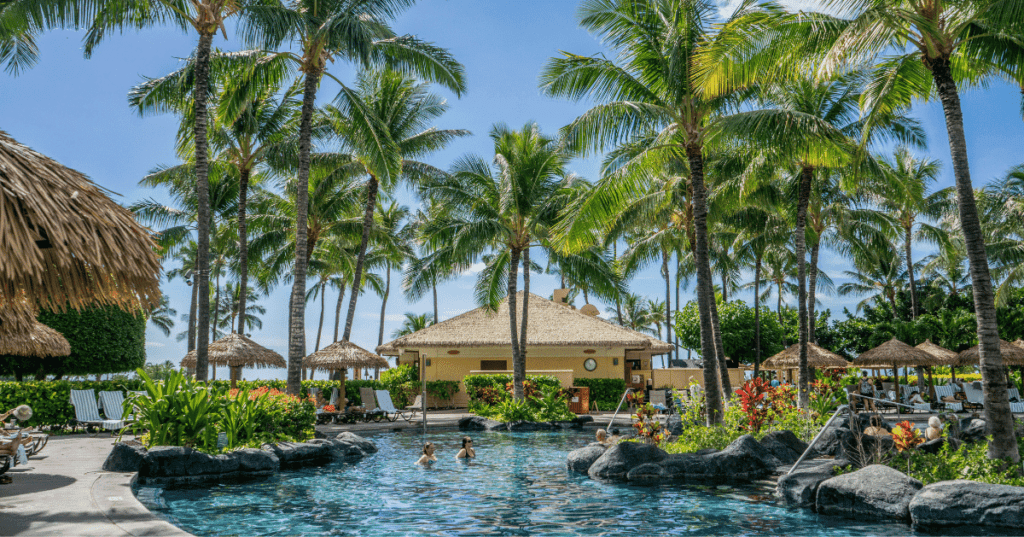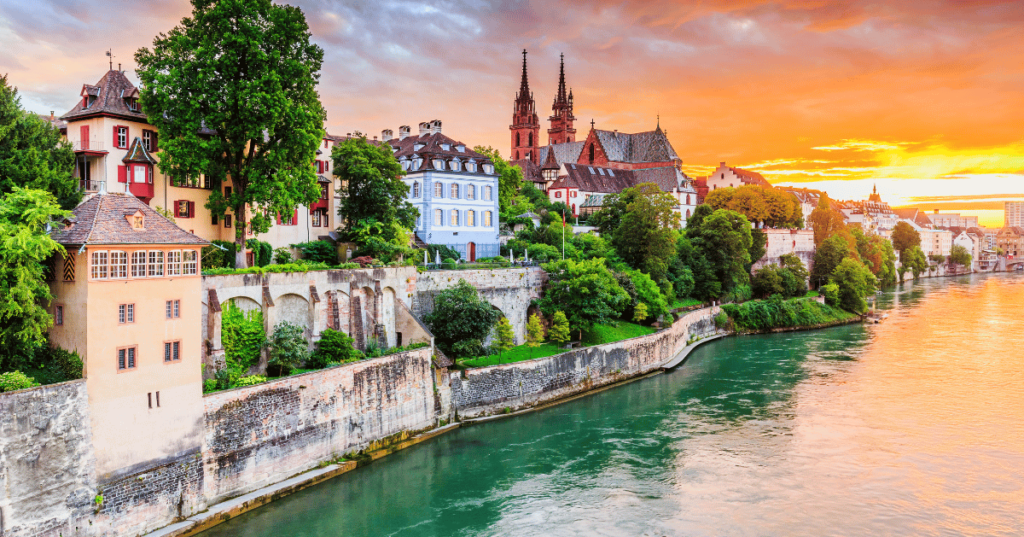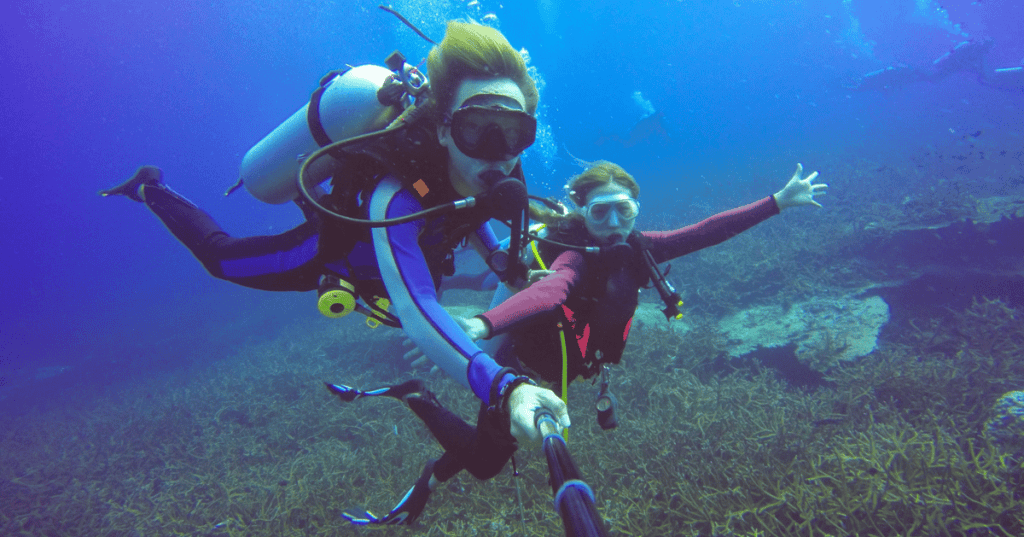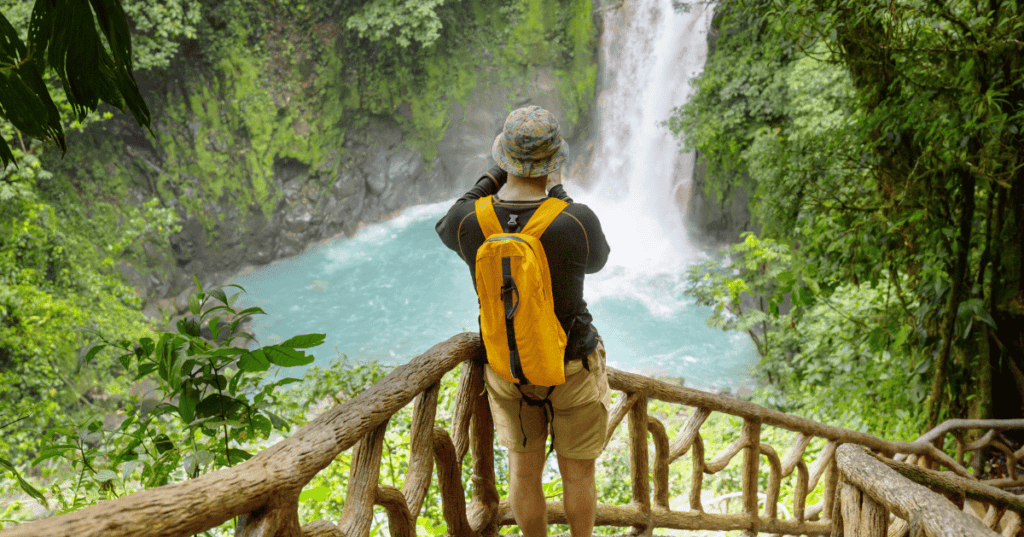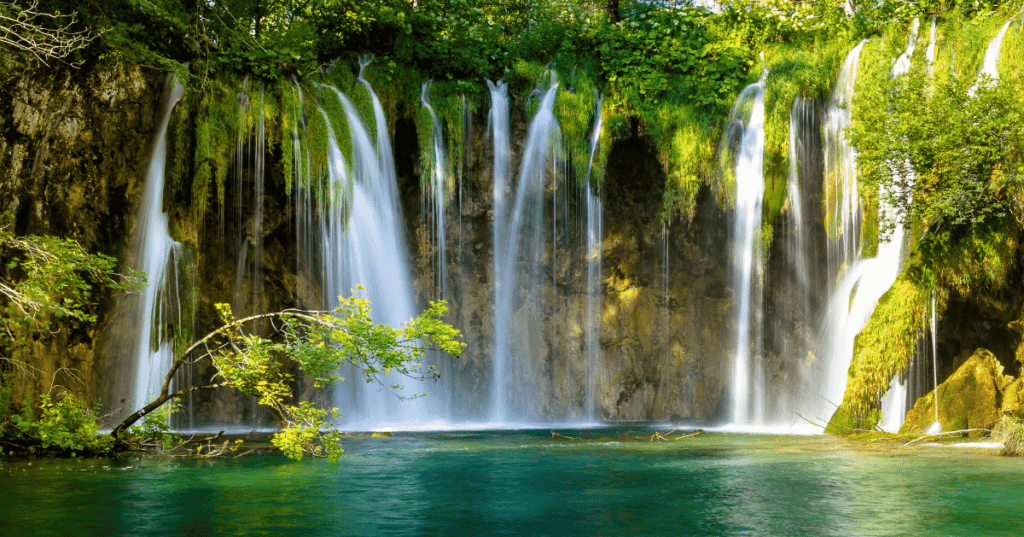Pulau Kukup National Park, located in Johor, Malaysia, is one of the largest uninhabited mangrove islands in the world. Established in 1997, this 647-hectare island is a haven for a diverse range of mangrove-associated plants and animals, many of which are considered rare or threatened.
The park’s mangroves also support the local fishing industry by acting as nurseries for fish, while the surrounding mudflats are rich with shellfish that provide a source of food and income for the local population.
Additionally, the island acts as a natural barrier, protecting coastal villages from the harsh effects of wind and waves. In recognition of its ecological importance, Pulau Kukup was designated as a Wetland of International Importance under the Ramsar Convention in 2003.
How to Get to Pulau Kukup National Park?
Pulau Kukup is accessible from the mainland town of Kukup in Johor, Malaysia. Here’s how you can plan your trip:
- By Car: If you are driving from Johor Bahru, take the Malaysia-Singapore Second Link and head towards Pontian. Follow the signs to Kukup, which is approximately 75 km away from Johor Bahru. The drive takes about 1.5 hours.
- By Bus: From Johor Bahru, you can take a bus to Pontian. From Pontian, there are local buses and taxis that can take you to Kukup. Alternatively, some travel agencies offer day tours that include transportation.
- By Ferry: Once you arrive in Kukup town, you can catch a ferry to Pulau Kukup. The ferry ride is short and scenic, offering a glimpse of the coastal landscape and local fishing villages.
Best Time to Visit
Pulau Kukup can be visited year-round, but the best time to visit is during the dry season, from March to October. During this period, the weather is more predictable, and you are less likely to encounter heavy rainfall, which can affect your plans for outdoor activities and wildlife viewing.
Wildlife at Pulau Kukup National Park
Pulau Kukup National Park boasts a rich tapestry of flora and fauna, making it a biodiversity hotspot. The island is predominantly covered with mangrove forests, which are vital for maintaining the ecological balance of coastal regions. These mangroves provide habitat and breeding grounds for various species of fish, crustaceans, and mollusks, contributing to the local fishing industry.
Among the unique plant species found in the park are the Rhizophora, Avicennia, and Bruguiera mangroves. These plants have adapted to the saline and anaerobic conditions of the coastal environment. The mangrove forests are also home to several rare and endangered plant species, making the park a critical area for plant conservation.
The park is teeming with wildlife, including a variety of birds, mammals, reptiles, and amphibians. Notable among these are the mudskippers, fiddler crabs, and monitor lizards that thrive in the mangrove ecosystem. The park is also a sanctuary for several species of monkeys, such as the long-tailed macaque and the dusky leaf monkey.
Pulau Kukup is an essential stopover site for migratory waterbirds traveling along the East Asian – Australasian Flyway (EAAF). The park’s 807 hectares of mudflats serve as productive feeding grounds for these birds during low tide, while the mangroves provide a safe place for them to roost. Among the migratory birds commonly seen in the park are the lesser adjutant stork, the black-crowned night heron, and various species of sandpipers and plovers.
The presence of these migratory birds highlights the global significance of Pulau Kukup’s ecosystems. Efforts to protect and conserve the park’s habitats not only benefit the local wildlife but also contribute to the conservation of these international avian travelers.
Pulau Kukup Park Attractions and Activities
Pulau Kukup National Park features a network of well-maintained boardwalks and viewing platforms that allow visitors to explore the mangrove forest with ease. These boardwalks provide an up-close view of the unique mangrove ecosystem, allowing you to observe the fascinating flora and fauna without disturbing the environment.
The elevated platforms offer panoramic views of the park and are ideal for bird watching and photography. Informative signage along the trails provides educational insights into the ecological significance of the mangroves and the species that inhabit them.
The park is a paradise for bird watchers and wildlife enthusiasts. With its rich biodiversity, Pulau Kukup offers numerous opportunities to spot a variety of bird species, including both resident and migratory birds. The best times for bird watching are early morning and late afternoon when the birds are most active.
In addition to birds, you can observe a range of wildlife such as mudskippers, fiddler crabs, monitor lizards, and monkeys. The park’s tranquil environment and the natural beauty of the mangroves provide a perfect backdrop for a serene wildlife observation experience.
For those interested in learning more about the park’s ecosystems, Pulau Kukup offers educational tours guided by knowledgeable park rangers. These tours provide valuable insights into the ecological importance of the mangroves, the various species that inhabit them, and the conservation efforts in place to protect this unique environment.
The park is also equipped with informative signage that explains the different aspects of the mangrove ecosystem, making it an excellent outdoor classroom for both adults and children.
Local Culture and Myths
Pulau Kukup is steeped in local legends and folklore that add a mystical charm to the island. One of the most famous legends involves the goblin princesses, who are said to have once lived on the island. According to the tale, one of these princesses fell in love with a sailor, leading to tragic consequences that are still whispered about by the locals.
Another enduring myth speaks of a giant snake that is believed to protect the island. This mythical serpent is said to occasionally swim across the straits to Pulau Karimun in Indonesia, adding an element of mystique to the island’s natural beauty.
The island’s rich cultural heritage is closely tied to the communities living on the mainland in Kukup. These communities have relied on the island’s resources for generations, particularly its mangroves and mudflats, which are crucial for the local fishing industry.
The mangroves act as nurseries for fish, while the mudflats are abundant with shellfish, providing a vital source of food and income. The local fishermen also have a deep respect for the island’s natural and supernatural aspects, often sharing stories of the island’s legendary past with visitors.
Entrance Fees and Operating Hours
Pulau Kukup National Park is open to visitors daily. The operating hours are typically from 9:00 AM to 5:00 PM. Entrance fees are modest, designed to support the park’s maintenance and conservation efforts. It’s advisable to check the latest information on the official website or contact the park management before your visit for any updates on fees and operating hours.
Facilities and Amenities
The park is equipped with various facilities to ensure a comfortable and enjoyable visit. These include:
- Visitor Center: Provides information about the park, its history, and the various attractions. Maps and brochures are available to help you plan your visit.
- Restrooms: Clean and well-maintained restrooms are available for visitors.
- Rest Areas: There are several rest areas and shelters along the boardwalks where visitors can take a break and enjoy the scenic views.
- Souvenir Shops: Small shops selling souvenirs and local crafts can be found near the park entrance, offering a chance to take home a memento of your visit.
- Food and Beverages: There are food stalls and small cafes near the entrance where visitors can purchase snacks and drinks.
Conclusion
A day trip to Pulau Kukup National Park offers an unforgettable experience for nature lovers, bird watchers, and anyone interested in exploring one of Malaysia’s most unique natural environments. The well-maintained boardwalks and viewing platforms provide easy access to the park’s highlights, allowing you to observe the intricate ecosystems and spot a variety of bird species and other wildlife.
Pulau Kukup National Park is a hidden gem that deserves a spot on every traveler’s itinerary when visiting Johor, Malaysia. Its combination of natural beauty, ecological significance, and cultural heritage offers a unique and enriching experience. Whether you are a solo traveler, a family, or part of a tour group, the park provides an excellent opportunity to connect with nature and learn about the critical role mangroves play in our environment.
So pack your bags, put on your walking shoes, and embark on an adventure to Pulau Kukup National Park. Discover the wonders of this magnificent mangrove island and leave with a deeper appreciation for the natural world and the efforts required to preserve it for future generations.


